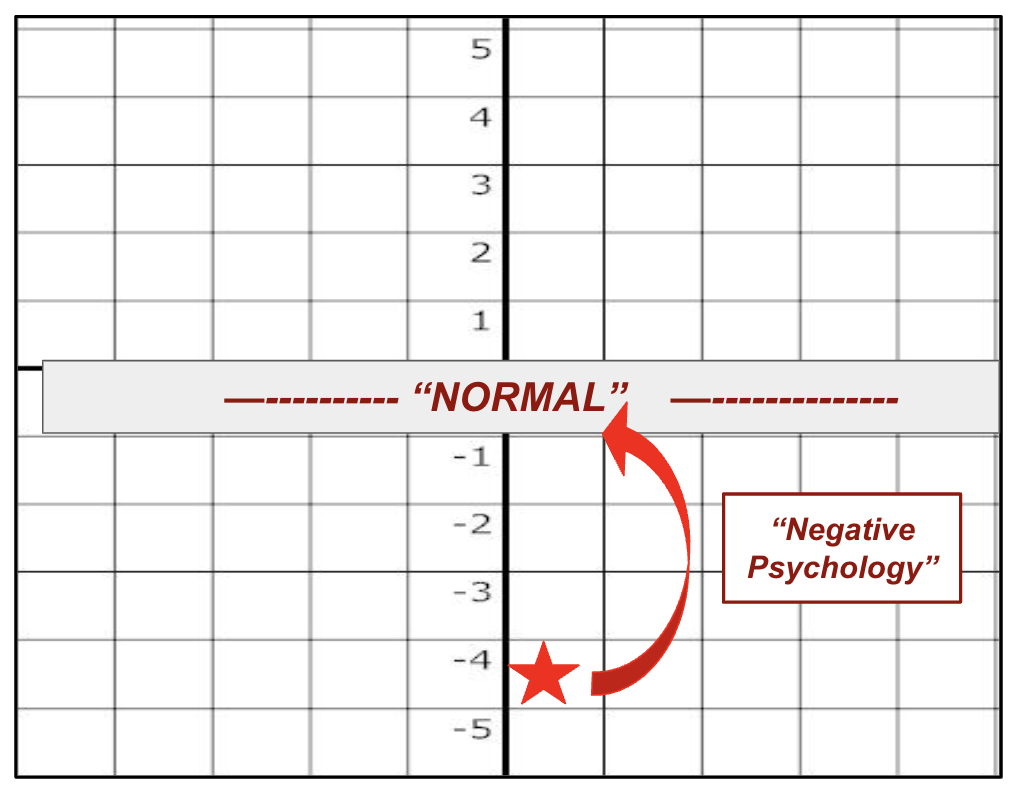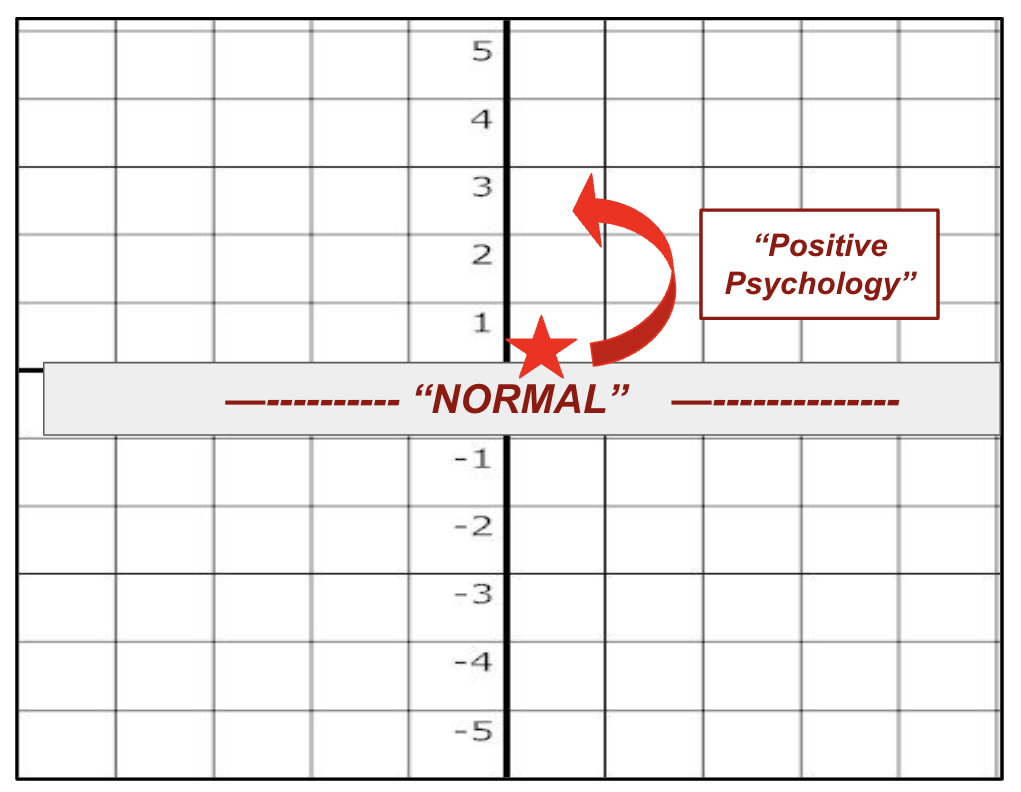Why too many players avoid their mental game
March 11, 2022 by Coach McCreary
Filed under Coaching, Mental Side
For the past 20 years I have done coaching clinics (in person and now online too) just about every year. Very often several each year. At least once a year I ask a basic question to the coaches who are in attendance. The question is …
“There are two sides to baseball – the physical side and the mental side. What percentage of baseball success do you think is due to the mental side?”
I typically go around and ask for their answers. In all the years I’ve asked that question, I have yet to get an answer below 50%. It’s been as high as 95%. The overwhelming amount of responses fall between 75%-90%. After getting all the answers I then ask another question …
“What percentage of your coaching/training involves the mental side of baseball?”
Crickets .
Ask players the same question and they will also acknowledge that the mental side is enormously important. Yet practically none of them focus attention on their mental side either. Why is that?
I think there are two main reasons. I will also say that these reasons don’t just apply to baseball players. They apply to practically everyone else too.
Reason #1 in my view is that they don’t know how. I will be addressing this problem a lot more in the future in a variety of ways so stay tuned to Baseball By The Yard.
Reason #2 in my view involves the perception that focusing on the mental game somehow is an admission that there is a problem and/or that there is something wrong with them. Ironically, I believe that the science of psychology is partly to blame for this one.
The year 1894 is often considered the start of psychology as a science. From 1894 to around 1998, over a century of time, psychology was designed to do the following ….
In essence, the job of psychology for the first 100 years was to identify people who were mentally “less than normal” due to disorders, illness, trauma, and such and provide a variety of interventions like supports, therapies, medications, and surgeries with the goal of getting them back to a normally functioning person. I suppose this era of psychology could be called “negative psychology” because all the focus was getting people who were in the negative numbers back to zero or “normal.” When that occurred, success was announced and the psychologist’s job was considered done.
Note: I use the word “normal” fully realizing the problems with defining it. I simply use it for basic understanding.
In 1998, the president of the American Psychology Association, Dr. Martin Seligman, announced that “Positive psychology” was going to be the theme of his term. Positive psychology looks more like this …
Basically, psychologists like Dr. Seligman thought that the field of psychology was not paying much attention to a huge population of people who were already considered “normal.” Seligman and others felt psychology had a lot to offer people that were already in the “normal” range. Using psychological methods related to motivation, locus of control, stress management and reduction, emotion control, and others could help these people move into the positive numbers. Doing so, they felt, could help improve productivity, happiness, life-satisfaction, and so forth.
Because Positive Psychology is still relatively new, I think too many people still think mental work is for people who are “less than normal” and involve “woo-woo” therapies like laying on couches crying about how their mom treated them when they were 3 years old. If that is true, it is not surprising young players avoid mental work.
Positive psychology doesn’t involve this. Applied to a ball player, it would deal with a player’s “approach” to their at-bat and what their thinking, goals, and game plan are when they get to the plate. It would help a player put their at-bats in perspective and address distractions to their focus that interfere with their ability to focus on the right thing – at the right time – for the right duration. It would help players NOT turn baseball into their identity and instead allow them to better move past adversity in a positive way. It would provide practical tips for how players can manage their emotions IN THE MOMENT instead of dealing with them in an hour long therapy session. Of course, these are issues that do not just apply to people in the negative numbers. Everyone can benefit from positive psychology.
A lot of people in baseball are killing it these days when it comes to improving the physical side of the game. That’s great but if we keep ignoring the mental side, players will never reach their full potential.
If you liked this post, please SHARE and SUBSCRIBE to Baseball By The Yard!
Coach McCreary’s Bio Page: https://www.BaseballByTheYard.com/bio
Coach McCreary’s YouTube Channel: https://www.youtube.com/user/meachrm
The Baseball By The Yard Podcast: https://www.baseballbytheyard.com/the-baseball-by-the-yard-podcast/
Coach McCreary’s Resource page for Players and Coaches:https://www.baseballbytheyard.com/resources/
Instructional eBooks and videos: https://bytheyard.gumroad.com







Leave a Reply